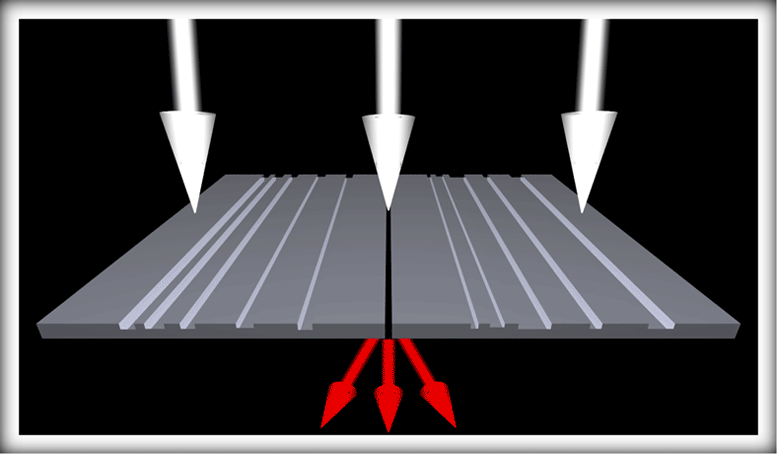_ Department of electronics and industrial nano lasers
Investigating and understanding the interaction of the electromagnetic beam in "industrial nanolasers"
Researcher and author: Dr. ( Afshin Rashid)
Note: The interaction of the electromagnetic beam occurs in the form of reflection and refraction, absorption and scattering. Reflection and refraction are related by Fresnel's laws. Therefore, these two are expressed in one section. Of course, in nanolaser applications, refraction plays an important role only when a transparent material is irradiated. Which of the events (reflection, absorption, scattering) is more depends on the conditions of the irradiated location and the wavelength of the incoming beam.
In relation to the interaction of the electromagnetic beam of the nano laser, the wavelength is a very important factor because the coefficients of refraction, absorption and scattering depend on the wavelength. Therefore, the absorption and scattering properties of the nano laser beam are essential in the operation of the nano laser. Reflection and refraction of the reflection is the return of the electromagnetic beam by the surface on which the beam is irradiated. There are two types of reflection: (regular reflection and irregular reflection) when the incoming beam is reflected from a smooth and polished surface with a height that is smaller compared to the wavelength of the incident beam, it is called regular reflection. Irregular reflection is a phenomenon that generally occurs for all disordered and opaque surfaces. Because none of them have a smooth and polished surface, but in certain cases, regular reflection may prevail over irregular.
Lasers are a beam of electromagnetic radiation. Laser beams can be made from visible light, X-rays, ultraviolet rays, or infrared light. Laser is a type of excited and energetic light that cannot be seen in nature under normal conditions, but it can be created with special technology and equipment. Laser has differences with ordinary light, and these characteristics cause its special abilities and applications. Laser light is brighter and more intense than natural light . Laser light can break the hardest metals and easily pass through a hard object like diamond and create a hole in it. Low power and extremely fine beams of other types of lasers can be used to perform very delicate operations such as surgery on the human eye. Laser light can be controlled with high precision and used as a continuous beam called continuous laser or fast bursts called pulsed laser . Unlike normal light, laser light has completely coordinated energy, which creates a lot of power to do different things in it. The word laser is derived from the first letters of the words that describe its characteristics, which means light amplification by the induced emission of radiation . The difference between laser beam and normal light is in the important properties that exist in this beam. These characteristics are: coherence, monotony, directness of high intensity. The mentioned properties cannot be seen in normal light and these properties are used for different tasks.
Conclusion :
The interaction of the electromagnetic beam occurs in the form of reflection and refraction, absorption and scattering. Reflection and refraction are related by Fresnel's laws. Therefore, these two are expressed in one section. Of course, in nanolaser applications, refraction plays an important role only when a transparent material such as corneal tissue is irradiated.
Researcher and author: Dr. ( Afshin Rashid)
Specialized doctorate in nano-microelectronics




